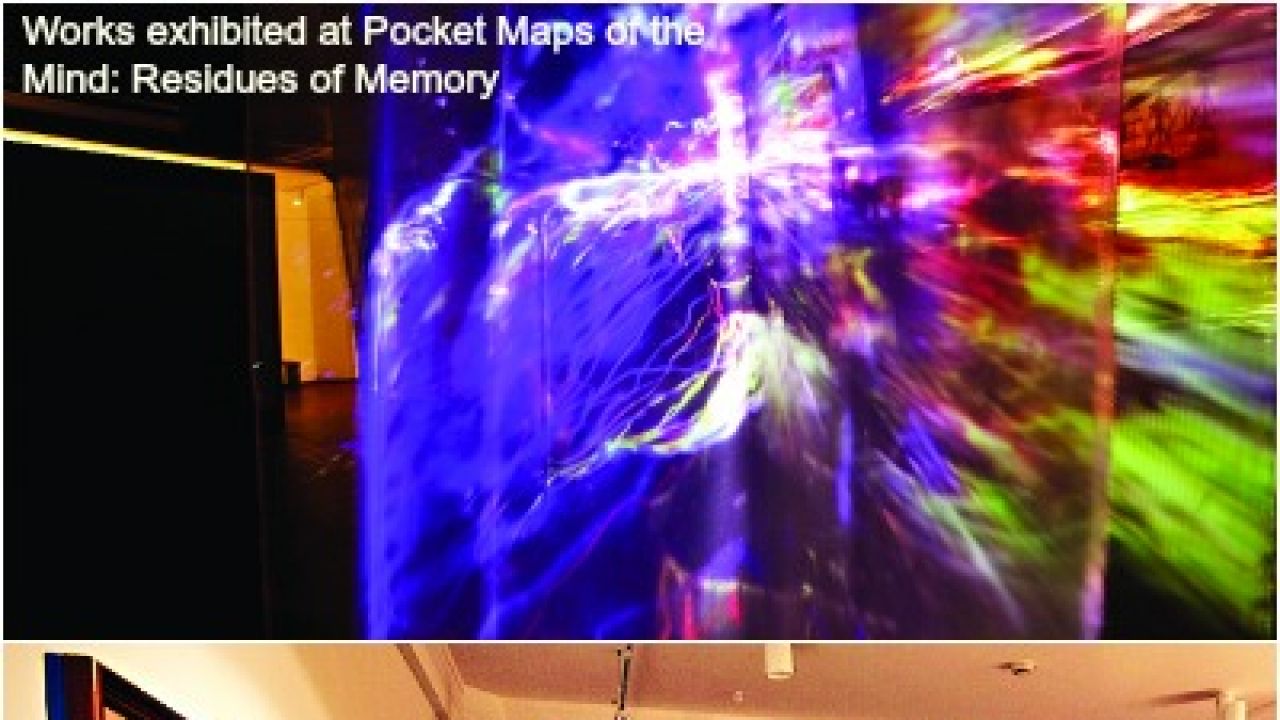
There is always a certain ‘someone’ behind-the-scenes, no matter what the vocation. And art, one that’s now a fine blend of a culturally, visually and monetarily appealing expression, also had its share of the ‘unadvertised identity’, one we call curators. For those who find art jargon unfamiliar, a curator is a professional who decides what is worth going on gallery walls. Their work is not just to draw a connect between the art appreciator and the artist; but to also research (understand) the language and narratives for the creation of an art show.
Talking about art shows, we’re in a world where the concept of art expands day by day. A glimpse of this expanse was seen at Pocket Maps of the Mind: Residues of Memory, an exhibition at Tarq Art Gallery, Colaba. We decided to converse with the show’s curator, 29-year-old Veeranganakumari Solanki, a Nepean Sea Road resident, to know of her views on the evolving art scene in Mumbai among other things.
Pocket Maps of the Mind: Residues of Memory, is a very unique concept…
The reason it’s called Pocket Maps of the Mind: Residues of Memory is because the way one person reacts to memory is very different from another. It’s almost like a maze, one which only you’re able to guide yourself through. At the same time, the moment you decide to share it, it is like the residue of somebody else’s memory. So each work deals with a different aspect.
Is a curator and an artist’s role interchangeable?
In some way, it is. For us, it is about shows based on a theme. When an artwork is being created, a curator is constantly discussing the works with the artist. The challenge is to not just literally translate the idea,but to come up with something more than just visual.
As a curator, do you play a role in moulding the end result of an artist’s work?
In some cases, the artist may have an existing artwork, which fits in the theme. But sometimes, there are artists who may have an idea, which they want to develop further and are constantly discussing with the curator. That’s when the artist is constantly reacting to the concept.
What is your curatorial approach?
One way I look at the role of a curator is that (in some way), they are the third eye of the exhibition. Ideally, a good show is one where you walk out of the exhibition and remember the way you’ve seen the works without having to intrude what the viewer is experiencing. I work with younger artists and ones who explore new ideas. What interests me a lot is cross-disciplinary work.
Where do you draw your inspiration from?
New ideas in contemporary art excite me; you look at cross-disciplinary approaches for that as well. I think we’ve evolved from what we started out calling contemporary art, it is another level now. How long it could take to define that? It could be another generation (but I think it’ll be much sooner).
Has Mumbai been a part of the art evolution?
It is interesting to see the number of alternative spaces coming up here. You have Mumbai Art Room; then there’s CONA—an artist-run initiative started by Shreyas Karle and Hemali Bhuta. Now, people are interested in knowing of artistic discipline and practices rather than just walking into a gallery and seeing a show. Other than the collectors, Mumbai also has a younger crowd that is interested in the work, and younger gallerists/artists exhibiting works. Earlier, you had to be older to be accepted but now that’s slowly changing. Younger people are getting involved in art, so there’s something more vibrant.